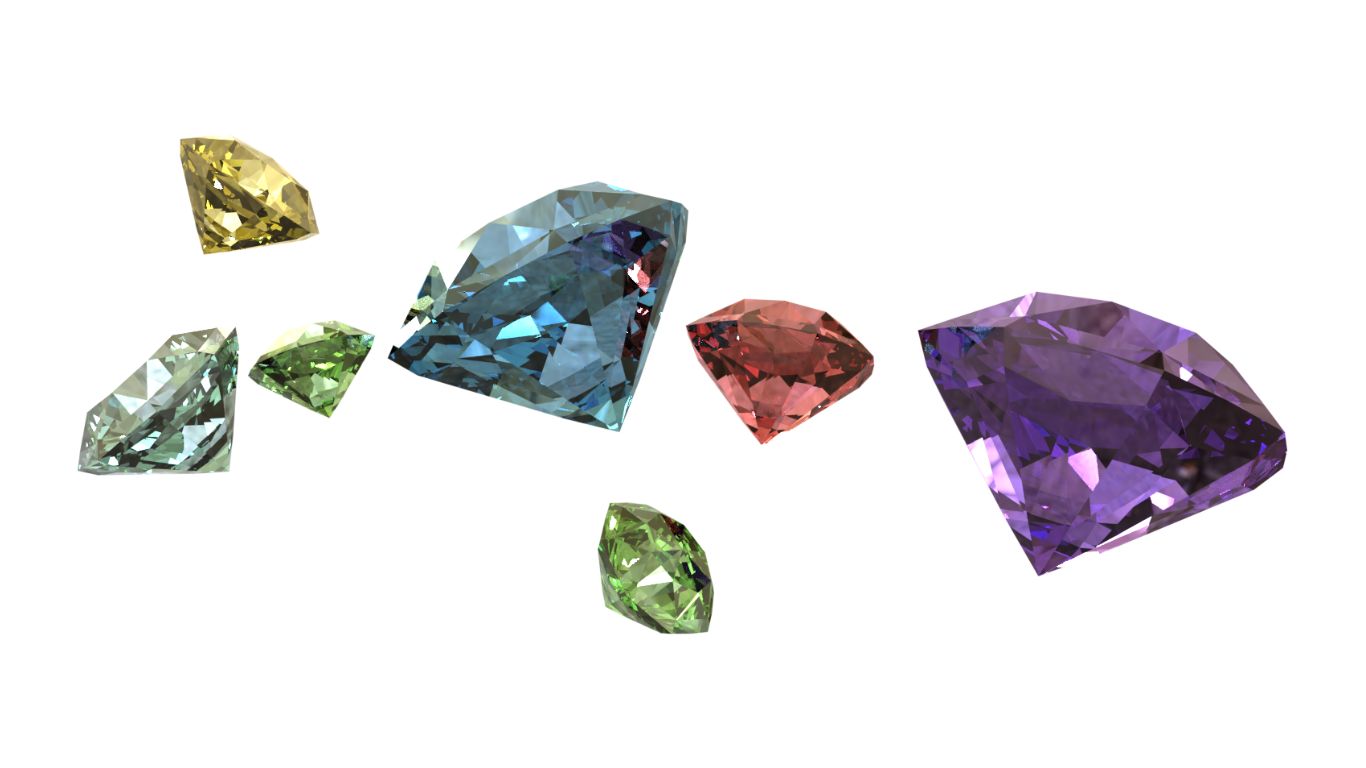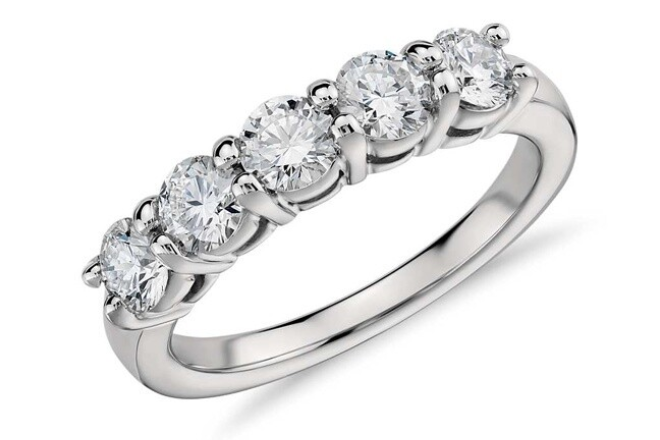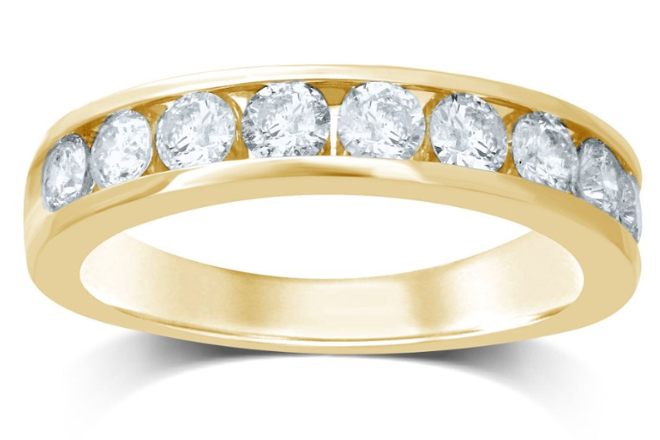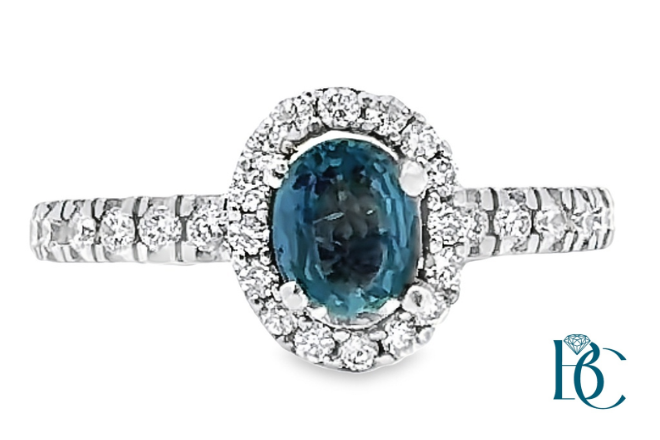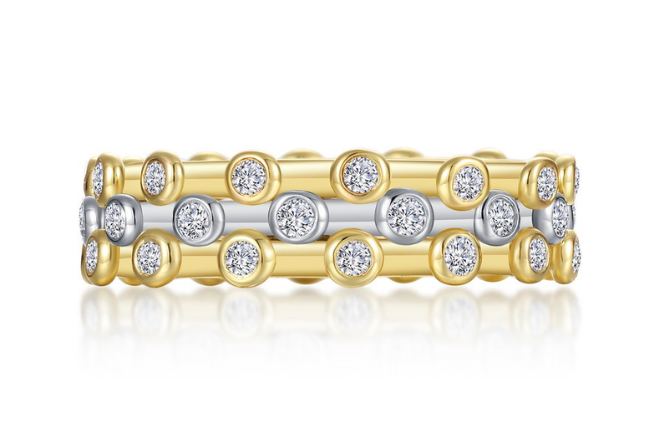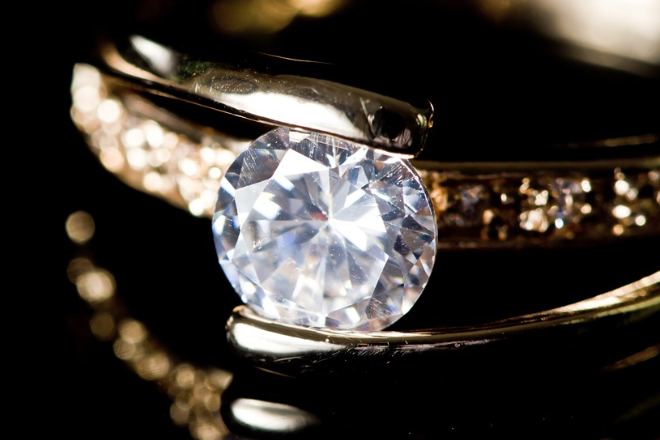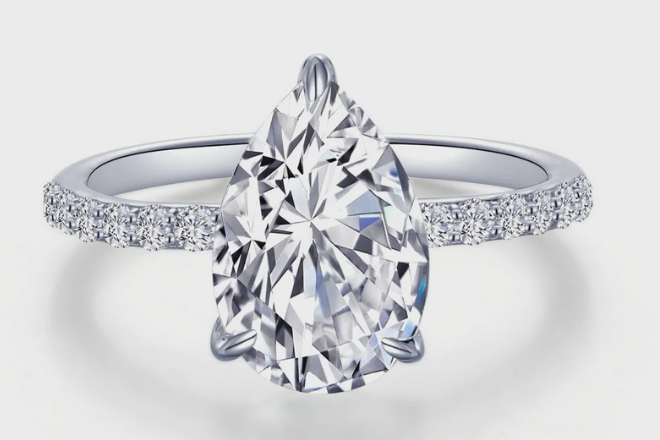Colored gemstones bring a unique touch to jewelry, especially in rings. The variety of colors, shapes, and characteristics makes each gemstone distinct and eye-catching. From deep blues to vibrant reds, these stones offer options that traditional diamonds cannot match.
Choosing a colored gemstone ring requires careful thought. Factors like personal style, gemstone meaning, and durability play an important role. Enthusiasts appreciate how these stunning stones enhance their jewelry collections, making each piece truly one-of-a-kind.
Key Takeaways
- Colored gemstones provide a unique alternative to classic diamonds.
- The choice of gemstone can reflect personal style and significance.
- Care and proper maintenance can keep colored gemstones looking beautiful.

The Allure of Colored Gemstones in Jewelry
Colored gemstones hold a unique charm in the world of jewelry. Their beauty and variety allow individuals to express their style and personality in many ways. Two important aspects that contribute to their allure are their history and significance, as well as the psychological effects of color.
History and Significance
Colored gemstones have been valued for centuries. Many ancient cultures believed that certain stones held powers or meanings. For instance, emeralds symbolized fertility while sapphires were associated with wisdom.
Royalty often wore these gems as a status symbol. In the Middle Ages, colored gemstones adorned crowns and regalia. The rich colors and rarity made them highly sought after.
Today, people choose colored gemstones not only for their beauty but also for their rich traditions. Each gemstone carries its own unique history, often passed down through generations. This adds to their sentimental value as more than just a piece of jewelry.
Color Psychology and Personal Expression
The colors of gemstones can influence emotions and reflect personal traits. For example, blue sapphires are often seen as calming and trustworthy, making them a popular choice for engagement rings.
On the other hand, red rubies symbolize passion and love, appealing to those who wish to express strong emotions.
Many individuals select gemstones based on their color meanings or personal preferences. A green tourmaline may represent growth and balance, while yellow topaz can signify joy and abundance.
This connection to color empowers wearers to choose pieces that resonate with their own life experiences and personality. The relationship between color and personal expression makes colored gemstones appealing choices in jewelry.
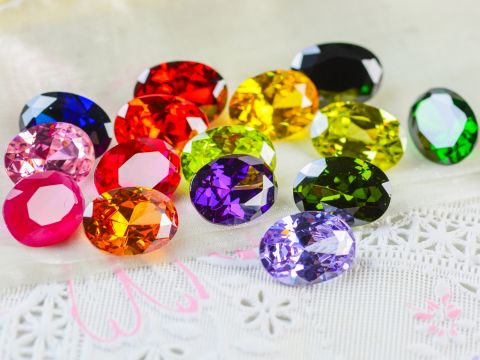
Types of Colored Gemstones
Colored gemstones come in many varieties, each with its own unique features and appeal. They can be classified into categories based on value and rarity, which helps buyers understand their options.
Precious vs. Semi-Precious
Colored gemstones are often divided into precious and semi-precious stones. Precious gemstones include diamonds, emeralds, rubies, and sapphires. These are typically valued for their rarity and quality.
On the other hand, semi-precious stones include options like amethyst, garnet, and topaz. While they may not be as expensive as precious stones, they come in diverse colors and characteristics, making them appealing for many types of jewelry.
Popular Gemstone Varieties
Some colored gemstones are more popular due to their beauty or symbolism. Sapphires are favored for their stunning blue hues but are available in other colors too, like pink and yellow.
Emeralds are celebrated for their vibrant green and are often seen in engagement rings.
Rubies are known for their striking red tones, symbolizing love and passion.
Each gemstone has its own unique traits. This variety makes it easier for buyers to choose a gemstone that fits their personal style.
Rare and Unusual Gemstones
Some gemstones are rare and hard to find. For example, alexandrite is known for changing color, depending on the light.
Paraíba tourmaline has bright neon blue shades and is highly sought after. Other rare gems include Tanzanite and Benitoite, both valued for their unique colors and limited availability.
Jewelry featuring these gemstones can stand out due to their distinctiveness, making them special choices for those looking for something unique.
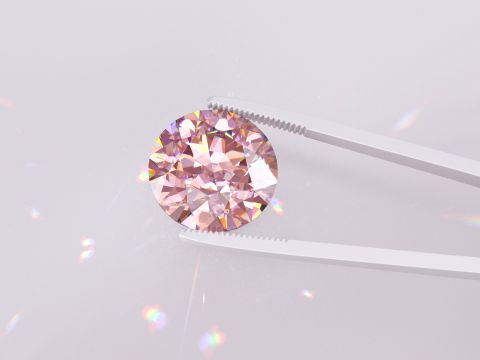
Factors Influencing Gemstone Selection
Selecting the right gemstone for a ring involves several important factors. These include color and hue, clarity and cut, carat weight and size, as well as gemstone treatments and enhancements. Each factor plays a vital role in determining the overall quality and appeal of the gemstone.
Color and Hue
Color is one of the most crucial aspects of gemstone selection. Each type of gemstone comes in various shades. For example, sapphires can be blue, pink, or yellow. Buyers often seek vibrant and saturated colors for maximum appeal.
Hue refers to the specific tone of the color. Variations can significantly affect the stone’s value. For instance, deep blue is typically more desirable in sapphires than lighter shades. It’s essential to consider both color and hue when choosing a gemstone.
Clarity and Cut
Clarity measures how clear or flawless a gemstone is. Inclusions, or internal flaws, can impact the stone’s beauty and value. Higher clarity often results in a brighter and more brilliant appearance.
The cut of a gemstone affects how it reflects light. A well-cut stone has better brilliance and sparkle. For example, round cuts are popular because they maximize light return. Choosing a stone with high clarity and an excellent cut is important for a stunning ring.
Carat Weight and Size
Carat weight refers to the size of the gemstone. Larger stones generally have a higher value. However, size alone doesn’t determine a stone’s worth. A smaller gemstone with excellent color and clarity can be more valuable than a larger one with flaws.
Size is also about personal preference. Some people prefer bold statements with larger stones, while others like more subtle designs. It’s essential to find a balance between carat weight and the desired aesthetic.
Gemstone Treatments and Enhancements
Many gemstones undergo treatments to enhance their appearance. These can include heating, dyeing, or oiling. These processes can improve color and clarity but can also affect value.
Buyers should check if a gemstone has been treated. Natural stones typically hold more value than those that have been enhanced. Understanding these treatments is key to making an informed selection.
Colored Gemstone Ring Design
Colored gemstones offer many unique design options for rings. From classic styles to modern trends, each design can emphasize the beauty of the gemstone. Customized pieces can also add a personal touch.
Classic Settings and Styles
Classic ring settings remain popular for their timeless elegance. Traditional styles include solitaire, halo, and three-stone settings.
- Solitaire: Features a single gemstone that stands out. The simplicity allows the color to shine.
- Halo: Surrounds the center stone with smaller diamonds or gemstones. This setting enhances the appearance of the main stone.
- Three-Stone: Represents the past, present, and future. It usually features a larger center stone flanked by two smaller ones.
Each of these settings highlights the gem’s color, allowing it to take center stage.
Contemporary Trends
Modern designs often incorporate unique shapes and unconventional settings. Many individuals prefer asymmetric styles and mixed metal options.
- Geometric Designs: Shapes like triangles or hexagons offer an interesting twist.
- Alternative Stones: Using non-traditional gemstones, like colored sapphires or lab-made stones, is gaining popularity.
- Stackable Rings: This trend allows individuals to mix and match multiple rings with different gemstones.
These contemporary ideas create personalized looks that fit personal styles.
Custom and Bespoke Creations
Custom ring designs allow for one-of-a-kind pieces tailored to individual preferences. Working with a jeweler can make the vision a reality.
- Choosing the Gemstone: Customers can select specific colors, cuts, and sizes.
- Unique Settings: Personalized settings can include intricate designs or meaningful symbols.
- Engravings: Adding special messages or dates can enhance the ring’s sentimental value.
These bespoke creations provide a meaningful way to celebrate special events or moments.
Selecting the Right Colored Gemstone Ring
Choosing the right colored gemstone ring requires careful consideration. Important factors include assessing quality, matching the gemstone to one’s skin tone, and considering how the ring will be worn daily.
Assessing Quality and Value
When selecting a colored gemstone, quality is key. Look for clarity, color saturation, and size. A clear gem will have fewer inclusions and look more vibrant.
- Clarity: A higher clarity rating means fewer flaws.
- Color Saturation: Rich, vivid colors are more desirable.
- Cut: A well-cut gemstone can enhance its visual appeal.
It’s also important to check if the gem has been treated. Some treatments enhance appearance but may affect value. Always ask for certification to ensure quality.
Matching Gemstones to Skin Tone
Skin tone plays a significant role in how a gemstone looks when worn. The right match can enhance a person’s overall appearance.
- Cool Undertones: Gemstones like sapphire, amethyst, and emerald are great choices.
- Warm Undertones: Look for garnet, citrine, and topaz.
- Neutral Undertones: A wider range is available, including rose quartz and aquamarine.
To find the best match, try different gemstones in natural light. This will help see how colors work with the skin.
Considerations for Daily Wear
For everyday wear, certain factors can impact the choice of gemstone. Durability, maintenance, and comfort should be prioritized.
- Durability: Consider stones like sapphire and ruby for their toughness.
- Maintenance: Some gems require more care to maintain their shine.
- Comfort: A smooth setting and weight can affect how the ring feels when worn.
It’s wise to think about lifestyle, too. Those who lead active lives might prefer lower-maintenance options. Choosing the right gemstone ring combines beauty with practicality.
Care and Maintenance of Colored Gemstone Rings
Maintaining colored gemstone rings involves proper cleaning, occasional professional servicing, and taking precautions to avoid damage. By following these practices, owners can ensure their rings remain beautiful and last for years.
Cleaning and Storage
Regular cleaning is essential for colored gemstone rings. Use a soft cloth or a gentle brush to remove dirt and oil. A mild soap solution with warm water works well for deeper cleaning. Avoid harsh chemicals, as they can damage gemstones.
When storing rings, choose a soft pouch or a separate compartment in a jewelry box to prevent scratches. Ensure they are kept away from direct sunlight, as some gemstones can fade over time.
Professional Servicing
Periodic check-ups by a professional jeweler can help maintain gemstone rings. This includes checking the setting for any loose stones or damage.
A professional cleaning can also reveal issues that may go unnoticed. Regular servicing helps in prolonging the life of the ring and preserving its beauty.
Avoiding Damage and Loss
To prevent damage, avoid wearing colored gemstone rings during activities like sports or heavy lifting. These rings can be more delicate than diamond rings and can chip or scratch easily.
Using a ring holder can reduce the risk of loss. When not wearing a ring, take time to store it properly. Awareness and cautious handling are key to keeping rings safe and intact.
Frequently Asked Questions
Colored gemstones offer a variety of unique features that set them apart in ring designs. Understanding the specific traits of each gemstone helps in making informed choices.
What characteristics distinguish sapphires in engagement rings?
Sapphires are known for their rich blue color, though they also come in other hues. Their durability makes them a practical choice for everyday wear. The clarity and cut can greatly influence their appearance and value.
How do morganite rings compare to traditional diamond rings?
Morganite rings are popular for their romantic pink tones. They are often more affordable than diamonds, yet still provide a lovely look. Morganite’s softness may make it less durable, so careful consideration is needed for everyday wear.
What should one look for when selecting a high-quality alexandrite ring?
When choosing an alexandrite ring, color-changing ability is crucial. High-quality stones show a distinct shift from green in daylight to red or purple under incandescent light. Additionally, clarity and cut can affect both beauty and value.
In what way do the meanings of gemstones affect their choice for wedding rings?
Gemstones often carry specific meanings that can influence personal choices. For example, sapphires symbolize loyalty and wisdom, while emeralds represent rebirth and love. Couples may choose gemstones based on these meanings to make their rings more personal.
How is moissanite utilized in modern ring designs versus traditional options?
Moissanite is lauded for its brilliance and affordability. In modern designs, it is often used as a diamond alternative due to its similar appearance. Unlike traditional diamonds, it is lab-created, which appeals to those seeking environmentally friendly options.
What are the considerations when choosing a topaz ring for an engagement?
When selecting a topaz ring, color and clarity play important roles. Blue topaz is a popular choice, while imperial topaz in orange or pink shades is rarer. Buyers should also inquire about treatments that may enhance the stone’s color.

